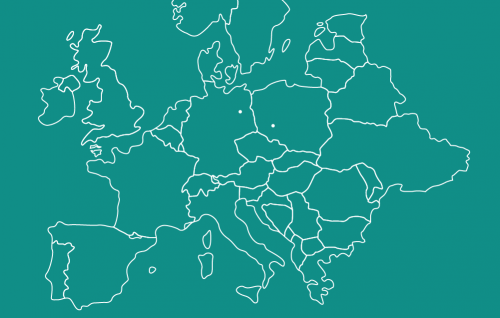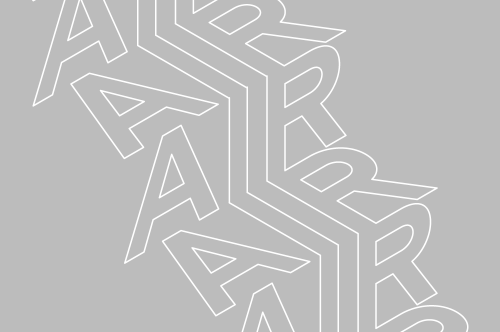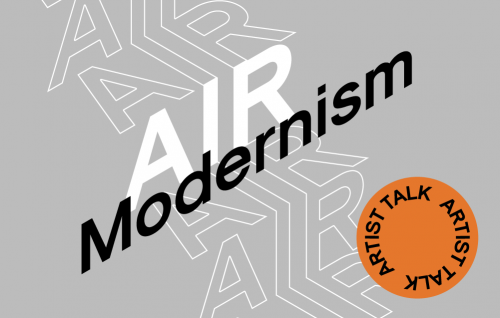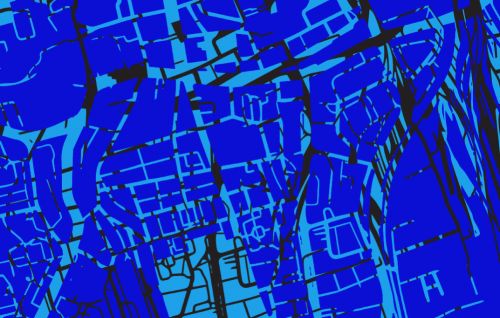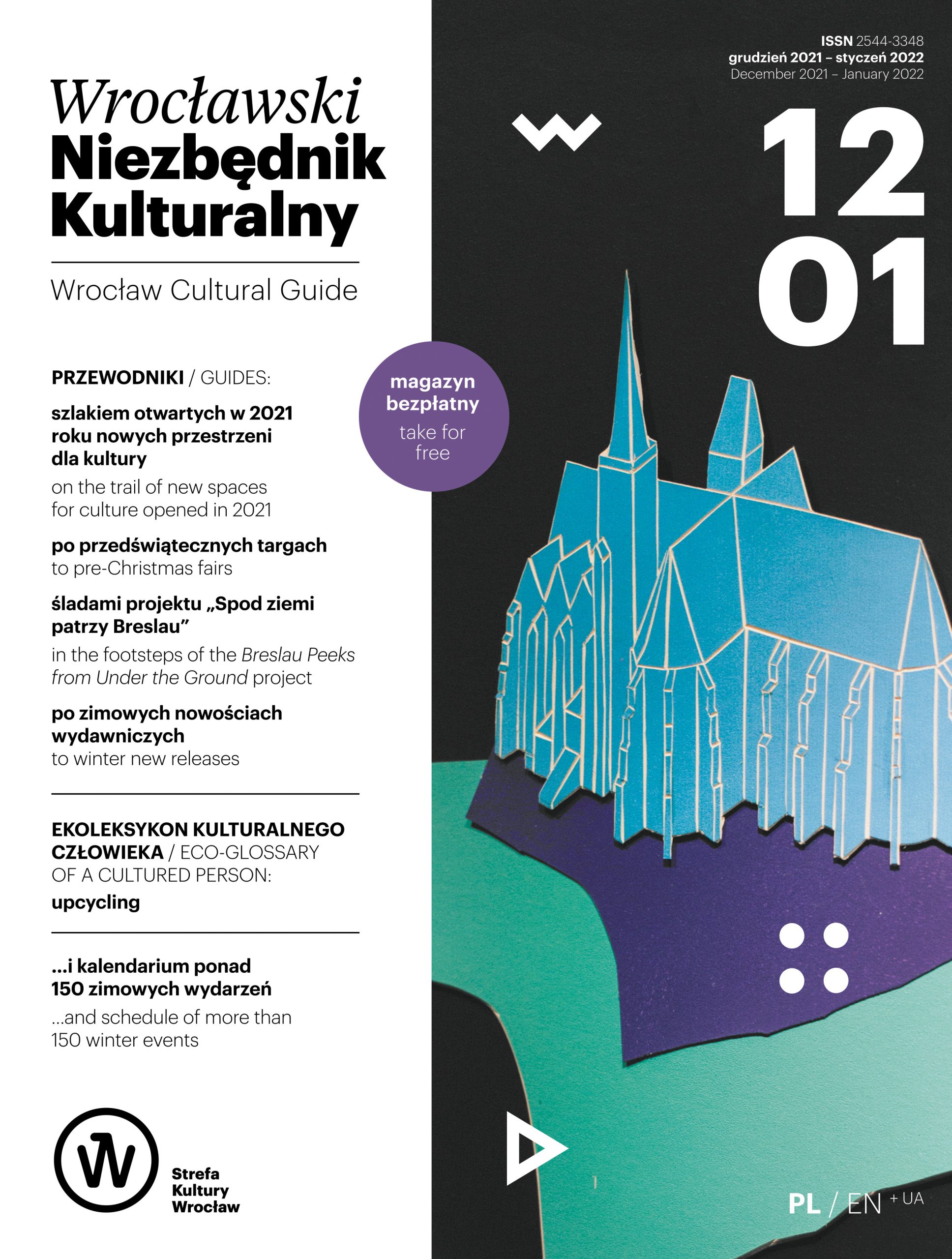Article also available in PDF
3 minutes read time
It has finally happened! That, which the visionaries predicted a few decades ago as an era of cyberspace – where a network spanning computers and personal devices is not only the main channel of conducting business, but also the arena, where the fight for one’s humanity will take place – is now the reality. The pandemic proved to be an exercise in living online. It’s a life, where both the pragmatic and the spiritual has moved to a whole new space – whether we wanted it to or not. On the one hand there hasn’t been much change to the way we use social media. For years now we’ve used these platforms to connect with the world. That being said, the situation is much different now, that these unexpectedly have become all but the sole means of interaction. And that’s in a time, where being isolated and being connected, being available and unavailable, took on a whole new meaning.
When so many cultural institutions supporting all manner of artistic expression in nearly all parts of the world decided to move their activities online, the boundary between an experiment and mainstream is fast becoming blurry. It’s been 25 years since first creative initiatives appeared on the internet, which was still in its infancy. Wrocław contributed to that as well. Performance on demand (2001) by Anna Płotnicka in collaboration with Paweł Janicki was one the most pioneering applications of using the internet to interact with the audience in performance art.
As a result of current restrictions, a whole range of creative forms, performances and content started cropping up online – pretty much overnight. Such scale and diversity of creative expression was unheard of until recently. Everyone is doing their own thing: from large, world renowned museums, to alternative galleries, to concert halls, to home studios. This overabundance is worth exploiting. There’s so much going on, that choosing, what to watch or participate in, suddenly became a problem. Perhaps you should go to the Facebook page of Muzeum Sztuki in Łódź and listen to Wojciech Bąkowski read the Theory of Seeing? Or maybe you should listen to Bach cantatas performed in an auditorium of National Forum of Music, which is now closed to the public? Or perhaps join in a Zoom meeting of WRO Art Center, where anthropocene is being discussed? Can you do all those things at the same time? Is such an experience just as valuable, as live participation in the event? Is this type of activity a new form of staying connected, or merely a substitute for it? In other words: will this phenomenon become the new standard, or will it disappear, when the quarantine restrictions are lifted? Or maybe we’re seeing, that the way of experiencing art is changing before our very eyes? It wouldn’t be the first time, that something like that has happened.
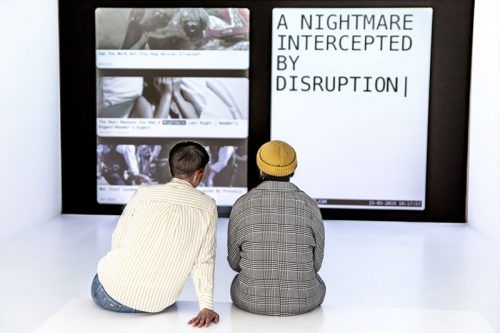
Predictive Art Bot by DISNOVATION.ORG (Nicolas Maigret, Maria Roszkowska), installation, 2017, phot. Natalia Kabanow, courtesy of WRO Media Art Biennale
Stanisław Witkiewicz – writer, artist, art theoretician, mentor of Polish culture at the turn of the 19th and 20th centuries, today also known as father of Witkacy – published a book in 1903. The book was a paean which celebrated learning and experiencing art, in particular the art of painting and graphics, via reproductions. He saw this as an important process of making culture more “democratic”:
Allowing everyone to participate in all aspects of culture is the ultimate goal of social development. There is no need to bring down one’s way of thinking or artistic expression to adapt to mediocrity – instead we need to uplift the average comprehension to the heights of genius. (…) As a result, over time, works of Velázquez, or Rembrandt, that right now you can only appreciate in Madrid or Antwerp, will be accessible at the same time all around globe – from Beijing to Zakopane. As electronics – or other, more sophisticated, unknown yet technologies – develop, all of humanity’s cultural accomplishments will be available to anyone, anywhere, at any time. Distribution of images and sounds will be so simple and ordinary, that exchange of concepts, and the equality of being able to experience feelings, emotions, and mental states, will transform the human race into something akin to a single, powerful soul. (…)
Proliferation of ideas is becoming more simple; physical means of transferring thoughts are fast becoming a part of us. What is a telephone, if not just a tool that enhances our own capabilities of speaking and hearing? Thus we will create devices, that will boost our ability to observe to unimaginable levels.
All of this will come to pass – if not today, then tomorrow. We will make all manner of dreams come true, satisfy our desires, and expand our horizons even further, creating new needs and wants in the process. (…) A human soul is bottomless, for it has yet to reach stagnation; it continues to develop – meaning it is still increasing its psychic energy. Will this process keep going until some cataclysm, that destroys the Earth, and its “blight” – that is humanity?*
M years have passed, since these ideas were published. Nowadays however there is a whole manner of inclinations and spiritual perspectives on the progress of technology, as well as fears concerning the development of mankind.
Piotr Krajewski
– curator and author on matters of contemporary art, electronic, multimedia, and interactive art, as well as impact of new media. Initiator and artistic director of WRO Media Art Biennale.
* Stanisław Witkiewicz, The Strange Man, Lviw-Warsaw 1903, p. 105–107


